Fascinating Early Photos Of Europe
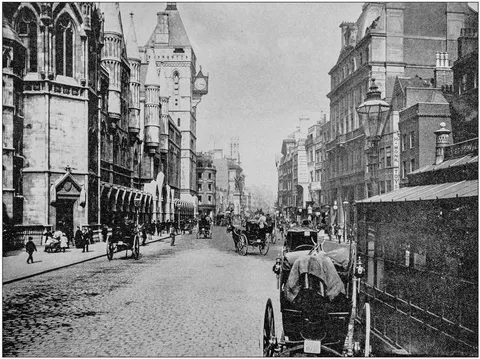
Old World Charm
It is easy to believe that not much has changed in Europe over the last few centuries, given its timeless scenery and ancient towns. However, as these fascinating monochrome images from the early days of photography demonstrate, nothing could be farther from the reality.
1838: Shoeshine man, Paris, France
Louis Daguerre experimented in 1838 with a crude photography method that produced pictures on copper plate sheets; this process would later be called daguerreotype. He placed his apparatus on Paris's Boulevard du Temple and inadvertently took what is widely believed to be the first-ever picture of a human being. Actually, there are two: the man whose shoes the shoeshine is polishing and himself. Although they are seen by themselves in the lower left corner of the picture, there were actually many people walking and horse-drawn carriages on the street. Everyone else vanished into a creative blur due to the seven-minute exposure period required for daguerreotype pictures.
1848: Chartist meeting, London, England, UK
Long exposure periods were still necessary for photography when this image of the Great Chartist Meeting on Kennington Common in London was taken on April 10, 1848. The crowd's demands for secret ballots, universal suffrage, and other parliamentary changes, however, captured the attention of the photographer William Kilburn, who managed to capture the moment without it becoming crowded. The goal of the Chartists, a mid-19th-century movement, was to give working-class people political rights. Because of the size of this particular gathering, the Duke of Wellington was urged to use his knowledge from the Napoleonic Wars to help manage the crowd.
1855: Pifferari musicians, Italy
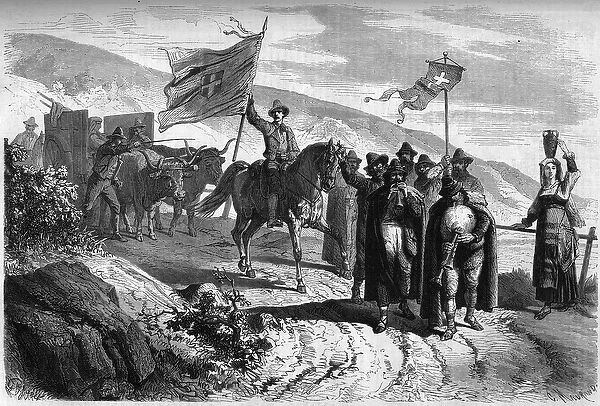
In this image from around 1855, two pifferari musicians are posing in a crude studio. Around Christmas, the pifferari, who were shepherds who came down from the highlands to perform in front of Mary shrines to augment their income, were a regular sight in Rome. The piffero, a type of oboe from which these itinerant artists got their name, is played by the person on the right, while the zampogna, an Italian instrument akin to bagpipes, is played by the person on the left.
1855: Photographer’s wagon, Ukraine
Turkish, Sardinian, British, and French forces fought against Russia in the Crimean War (1853–1856) in an effort to prevent Russia from encroaching on Ottoman European territory. Renowned English photographer Roger Fenton was hired by Manchester publisher Thomas Agnew & Sons to go to Crimea and take pictures of the fighting. Marcus Sparling, his helper, is shown here seated on the van that served as both their living quarters and traveling darkroom during their four months in Crimea.
1855: Hussars during the Crimean War, Ukraine:
Fenton will always be remembered as the world's first war photographer since it was the first time that photography had been used specifically to record a battle. Fenton and Sparling enlisted in the British army and documented camp life, combat aftermath, and soldier portraits, both individually and in groups. The British government supported their mission, hoping images like as this one showing the 8th Hussars huddled over cooking pots would calm a nervous populace back home.
Read Also: Dive in to Europes most stunning waterfall
1855: Port of Balaclava, Ukraine
Another aid in illustrating the scope of the military effort was photography. This image shows Allied ships in the harbor of Balaclava, captured by James Robertson, who began taking pictures of the conflict when Fenton left the front lines. It was a crucial supply port for Turkish, British, and French soldiers in southern Crimea, located close to the vital city of Sevastopol. In 1854, it was the scene of an ill-fated cavalry attack that served as the model for Alfred Lord Tennyson's poem The attack of the Light Brigade.
1860: Jokkmokk Church, Sweden
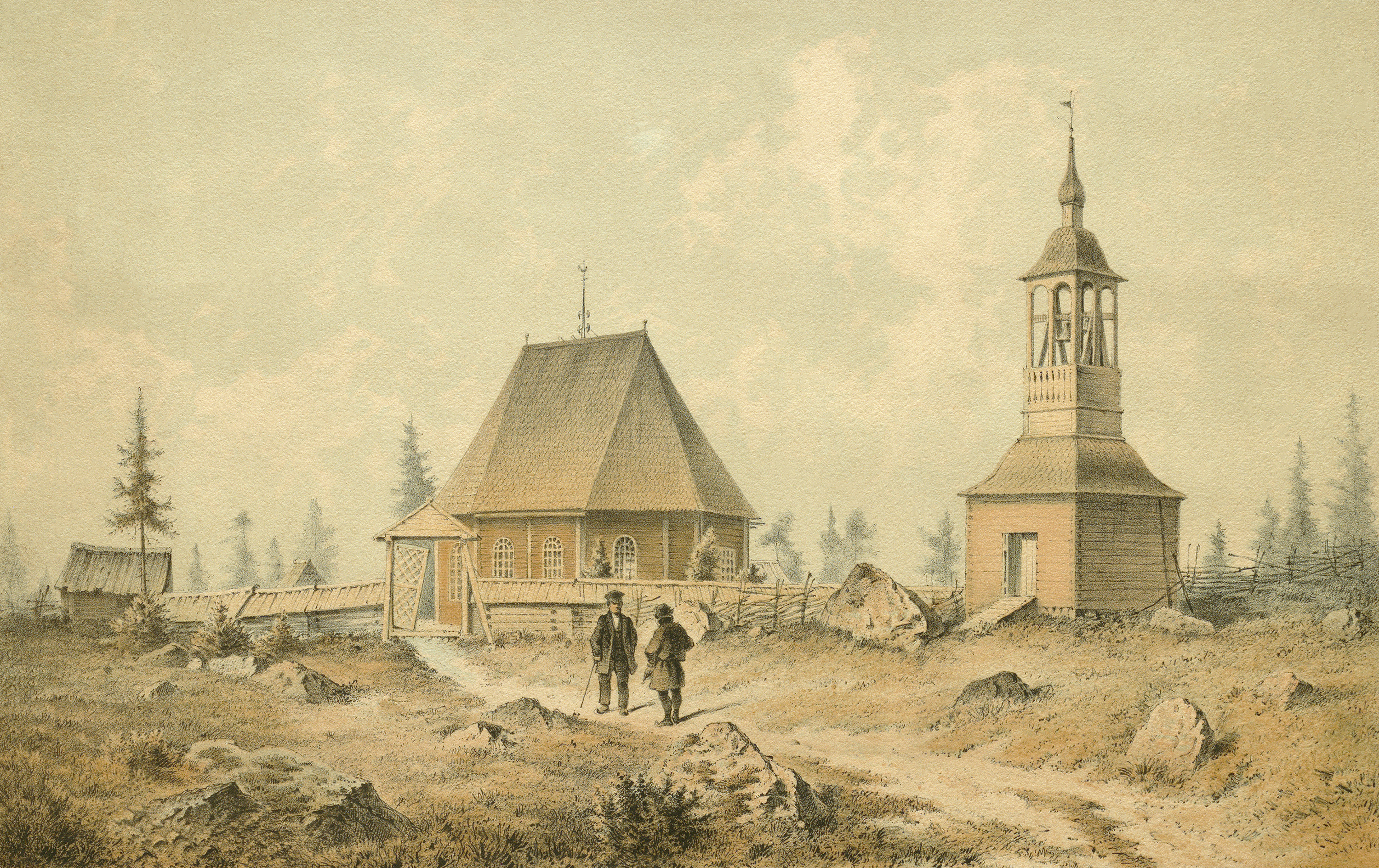
Jokkmokk is located in the heart of Swedish Lapland, on a bend in the Lule River. The Sami, an Indigenous tribe of northern Scandinavia known for their nomadic lives and reindeer herding, used it as their winter quarters in the beginning. It continues to be a significant hub for Sami culture and is home to an annual winter fair in February that dates back to 1605. Two Sami herders are shown here outside the historic Jokkmok church, which dates back to 1753. In 1976, it was reconstructed in the same manner after being completely destroyed by fire in 1972.
1864: Carl Zeiss workshop, Germany
In Jena, Germany, southwest of Leipzig, Carl Zeiss established a workshop in 1846 producing precision mechanics and optical equipment. He became well-known very fast, especially for his microscopes, and was soon exporting his products all over the world. In 1864, foreman August Lober is shown here, seated on the right, instructing trainees in the workshop. Later, Lober rose to the position of partner in the business, which is still the industry leader in optical glass.

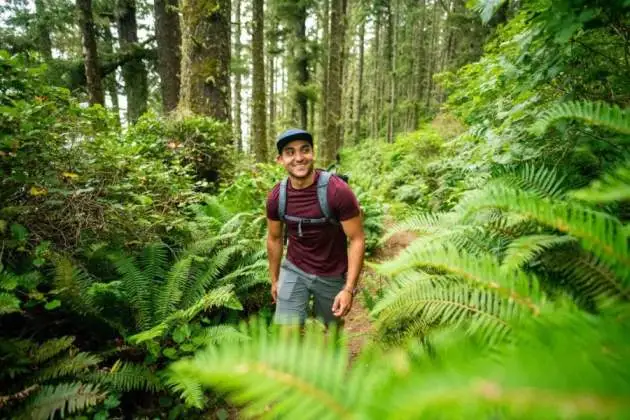
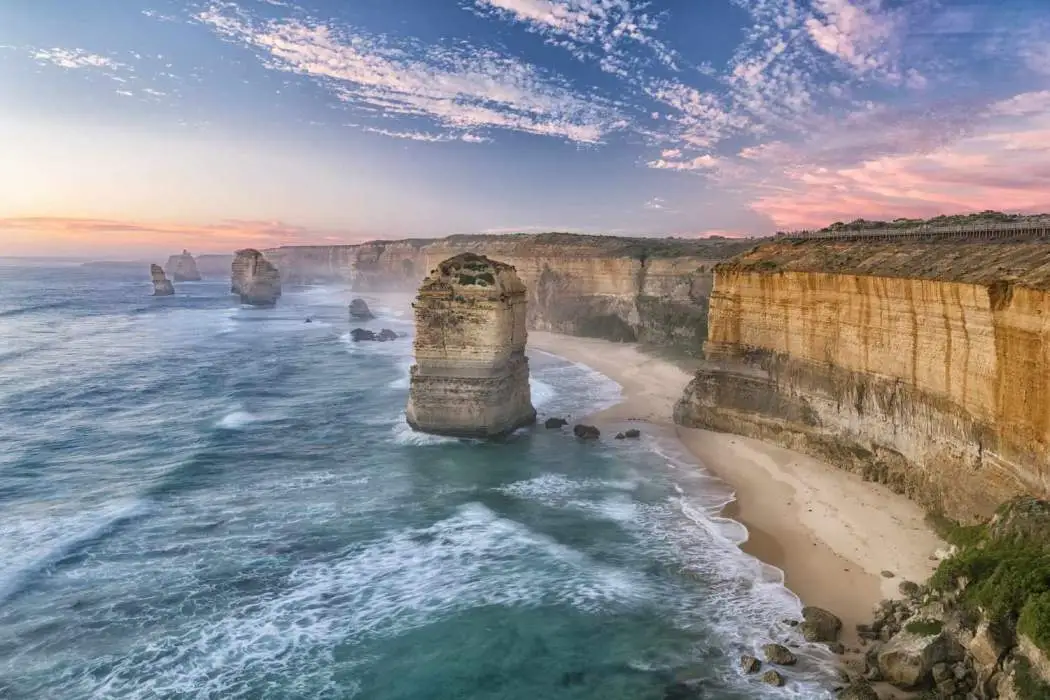
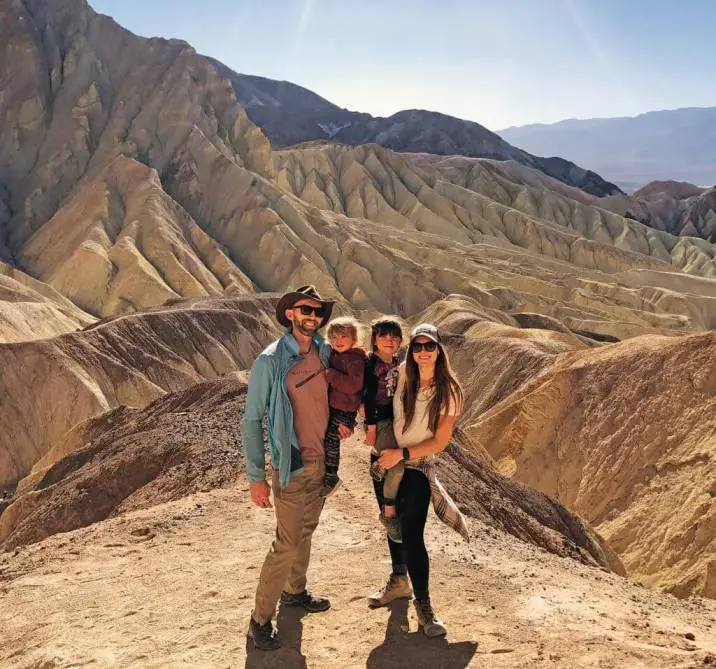
.webp)
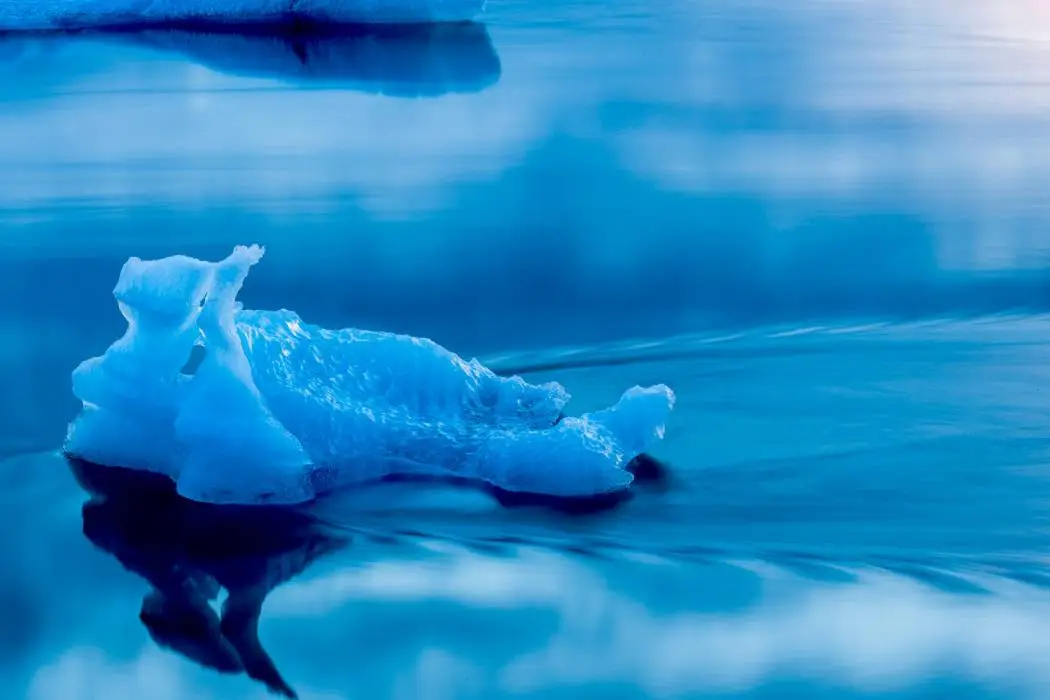
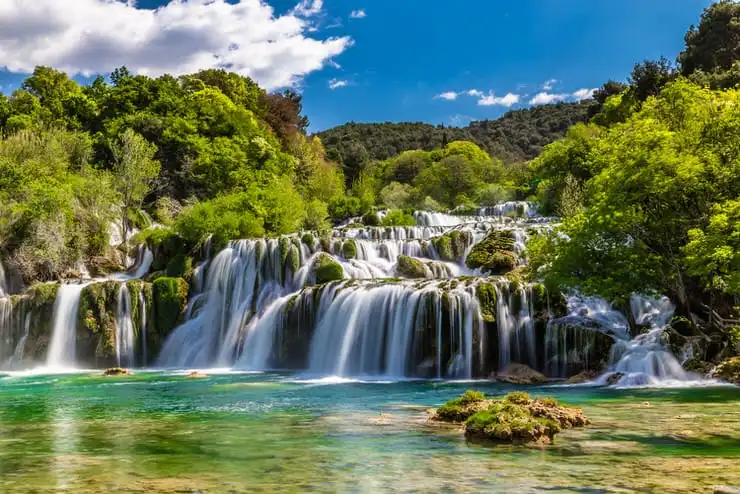
 (1).jpg)

.jpg)


.jpg)


.jpg)

.avif)